When I first decided to carry concealed, I’ll admit I felt a mix of emotions – empowerment, responsibility and a little anxiety. Carrying a firearm every day is no small decision, and I quickly realized that simply passing the concealed carry course wasn’t enough to make me feel truly prepared. What if I had to protect myself or my teammates? What if I had to act under pressure?
I was in college when I decided to get my concealed weapons permit. My sister, Tracy, and I were traveling around the country, training for biathlon and attending various universities when I decided that it would be wise to have a way to protect myself. While my sister and I are both “strong,” we still couldn’t match up against a man looking to do us harm. We decided we needed to level the playing field if we found ourselves in a sticky situation. This was where the first step in concealed carry came in: the decision.
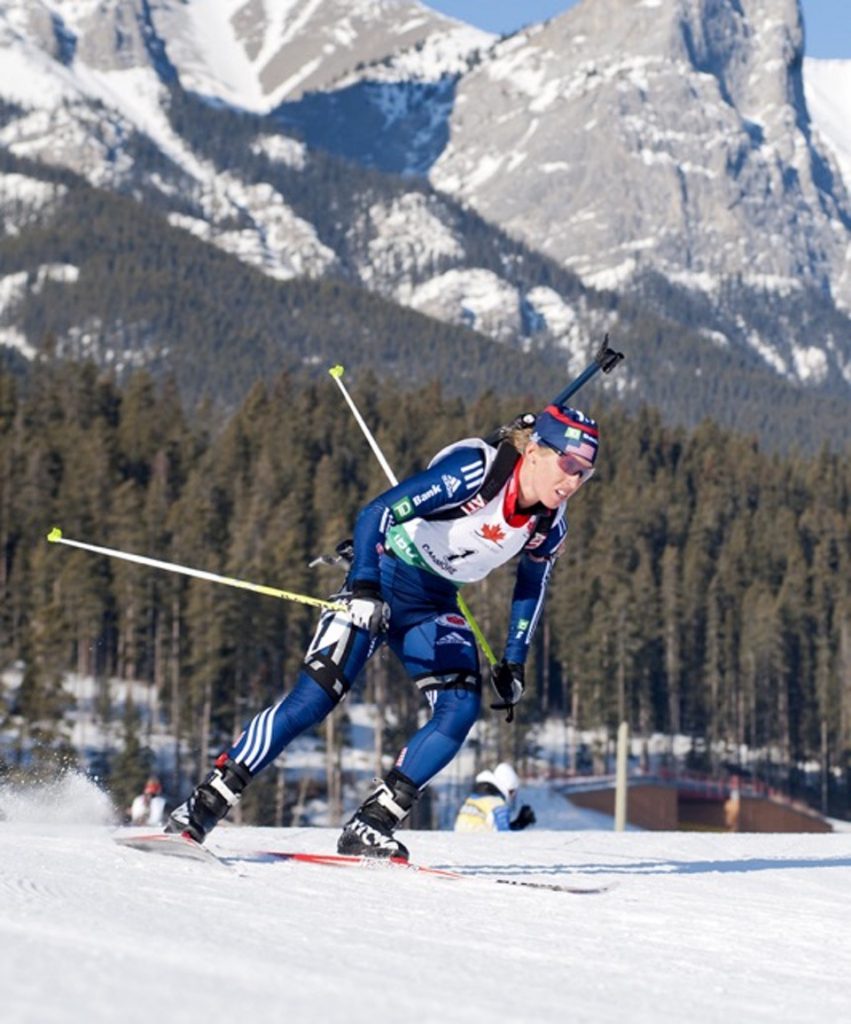
Coming from a background in Olympic biathlon and shooting competitions, I knew my marksmanship was solid. But concealed carry was a whole new world. The stakes were different – this wasn’t about medals; it was much more serious than that. I’m here to share what I’ve learned through my concealed carry journey so you can take your skills beyond the permit and prepare for the moments we hope never come.
Commit to Training
Getting my permit felt like the easy part. The hardest part was admitting what I didn’t know. Sure, I shot regularly, but for sport, this was different. How you carry, where you carry, concealment, the draw, shooting quickly, take the shot, don’t take the shot. My brain felt like it was on fire! There’s so much involved. But I reverted to one of my favorite quotes: “By failing to prepare, you are preparing to fail.” – Benjamin Franklin.I broke down the different aspects of carrying concealed and the potential scenarios you could encounter. I worked on each aspect individually until it became second nature. I drew my handgun from different carry positions. (Yes, mine are different depending on what I’m wearing). And I became proficient with my handgun at different distances and different speeds.
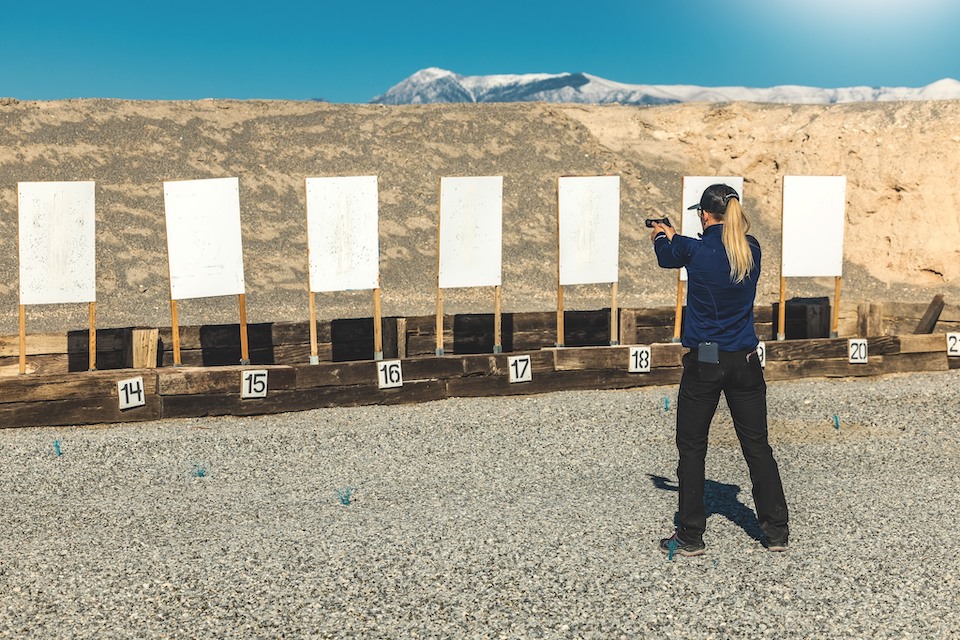
The Power of Dry Fire
As a biathlete and professional shooter, I spent countless hours dry firing at home, building the muscle memory to shoot quickly and accurately under pressure. I brought that same discipline to my concealed carry practice when I started carrying.
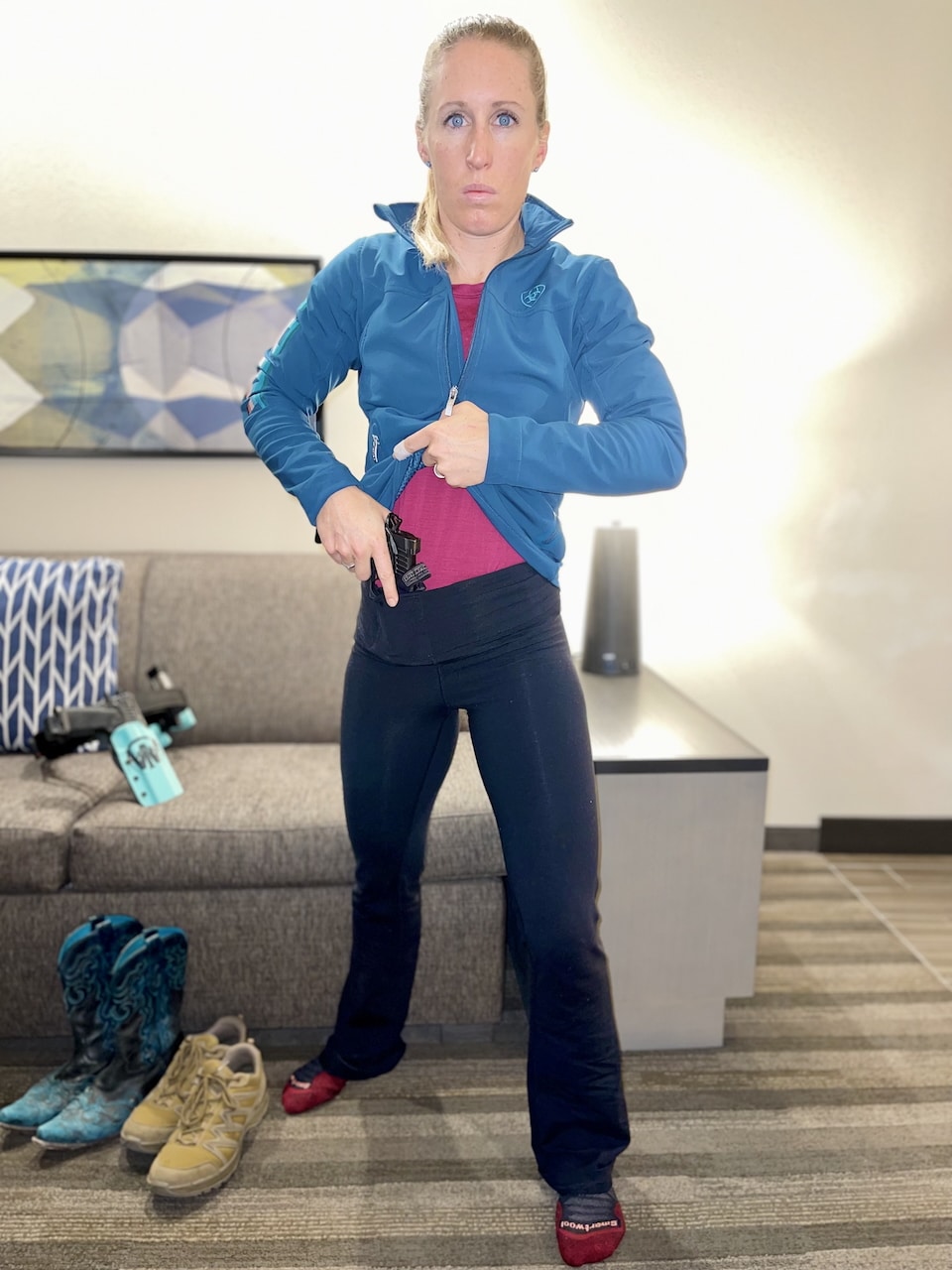
I set up a dry-fire corner in my house with a big mirror so I could watch my draw and presentation. My goal was to clear my clothing, draw smoothly, and aim without fumbling. I even practiced wearing different outfits because drawing from a holster under a winter coat is a lot different than under a T-shirt.
Dry fire might feel repetitive, but it’s the foundation for smooth, confident action in a high-stress situation. I also recommend doing as much as possible before going to the range and adding live fire.
Find Gear That Works for You
I’ll never forget the frustration of finding my first concealed carry setup. The gun I started with was reliable, but too bulky for my frame. My holster didn’t conceal well, and my wardrobe wasn’t “concealed carry-friendly.” In the end, I had a ton of holsters that didn’t work and now collect dust in the closet. I suggest talking to someone of a similar build and seeing what they use. Also, talk to someone with a similar lifestyle. For example, if you have kids, see how they carry, what holster they use and if it works great for their situation.
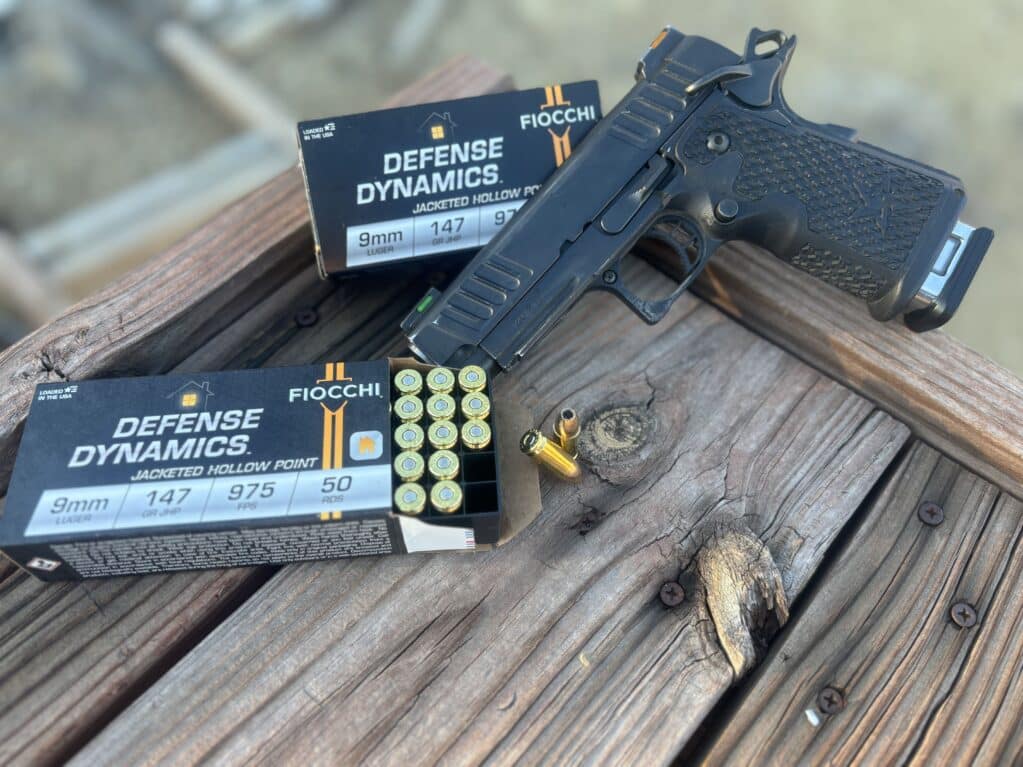
Through trial and error, I finally found a compact handgun I could shoot confidently and in a comfortable holster. Personally, I use the Staccato CS with either UnderTech UnderCover Concealed Carry Clothing or a Weber Tactical Trifecta Concealed Carry Holster. I also realized I had to rethink my clothing. These days, I live in stretchy jeans, flowy tops and jackets that let me carry without effort. Trust me – figuring out your gear is a game-changer. Don’t be afraid to experiment until you find what works.
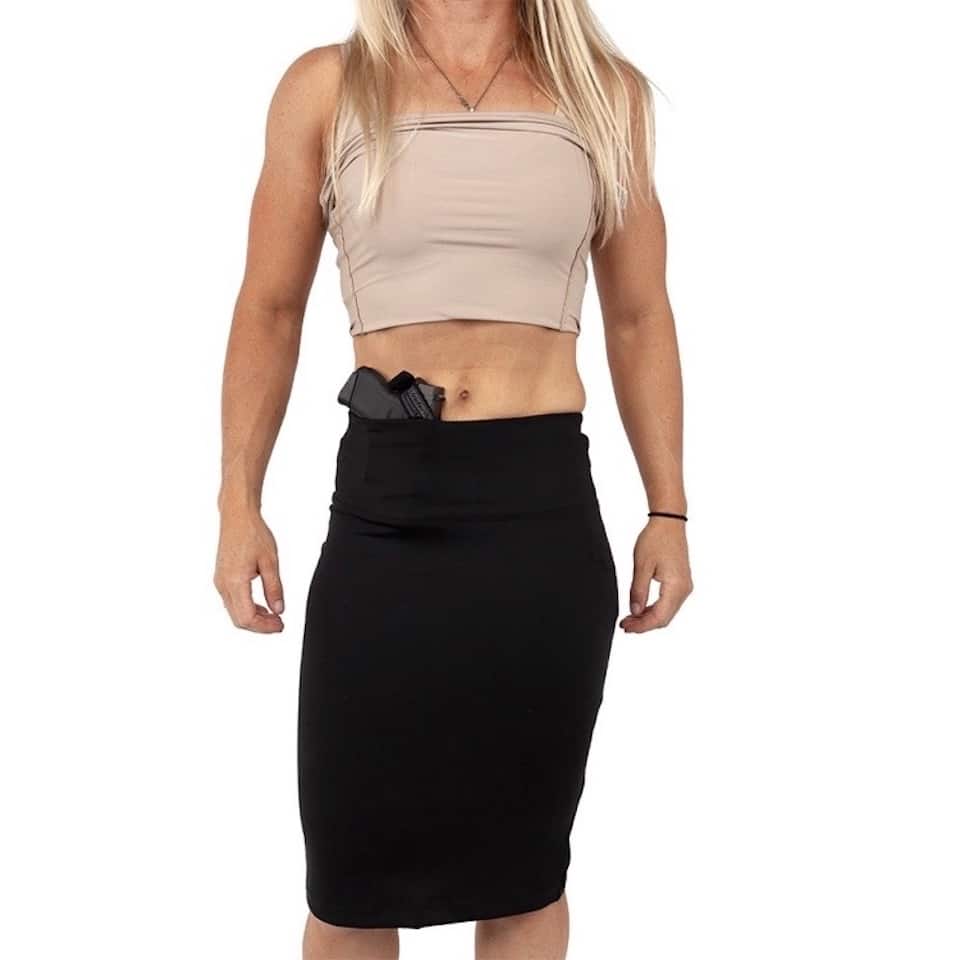
Live Fire: From Paper Targets to Practical Drills
The first time I practiced drawing from concealment at the range, I was surprised by how awkward it felt. My hands didn’t move as fast as I wanted, and I struggled to keep with a smooth draw. But I didn’t give up. I focused on drills that would help make the process smoother, like drawing from the concealed holster and firing one accurate shot. I then worked on making that shot faster. I then worked to engage multiple targets after the draw to simulate possible real-world scenarios. Finally, I worked on shooting while moving to cover. I found this to be an important step in boosting my confidence while carrying concealed. I also spent time practicing malfunction drills – because, in real life, you don’t get a do-over if your gun jams.
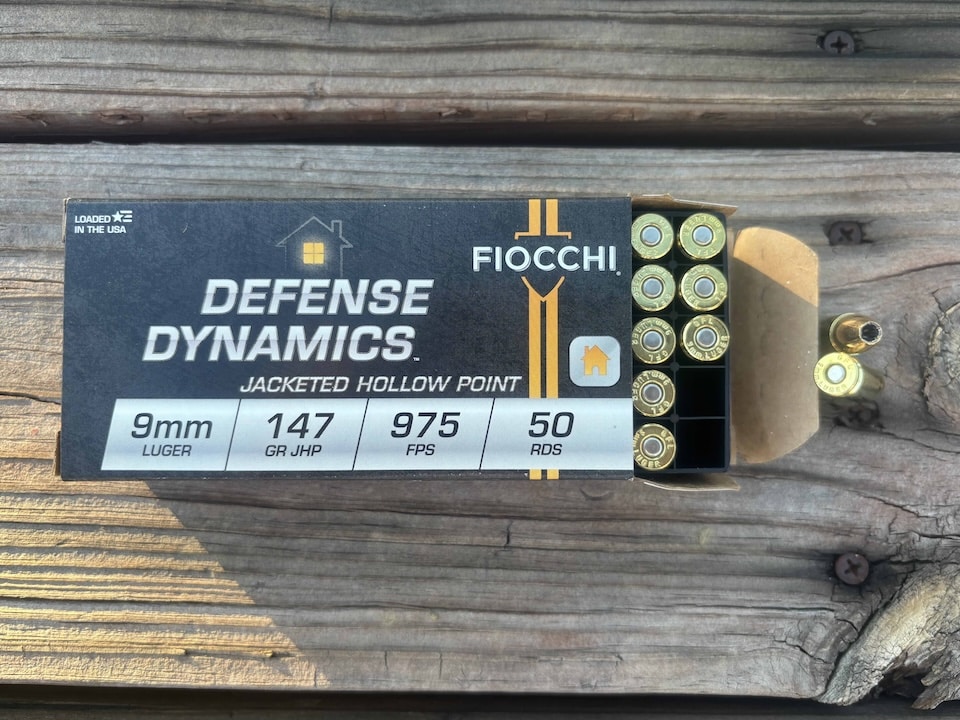
One of the most important aspects in live fire and in concealed carry training is finding ammo that works well in your gun in any conditions. By that I mean, heat, extreme cold, etc. Does your ammo cycle in your gun when it’s -10 degrees? I found that Fiocchi Defense Dynamics Hollow Points were not only the most accurate and had the best penetration in my testing, but also functioned well in my handgun in the cold and heat.
Staying Aware
One of the biggest lessons I’ve learned is that carrying concealed is as much about avoiding danger as it is being prepared for it. I’ll never forget an experience I had while traveling with my niece. There was a man who was acting suspiciously near my car. Now, I’ve come across many sketchy folks while alone. Still, having my niece there brought another layer of complexity to the situation I hadn’t considered. Now, I have to be aware of her and her movements as well as my own. Being aware and observant is half the battle when you are carrying concealed. Avoiding the suspicious man and continuing on my way without incident is a win-win.
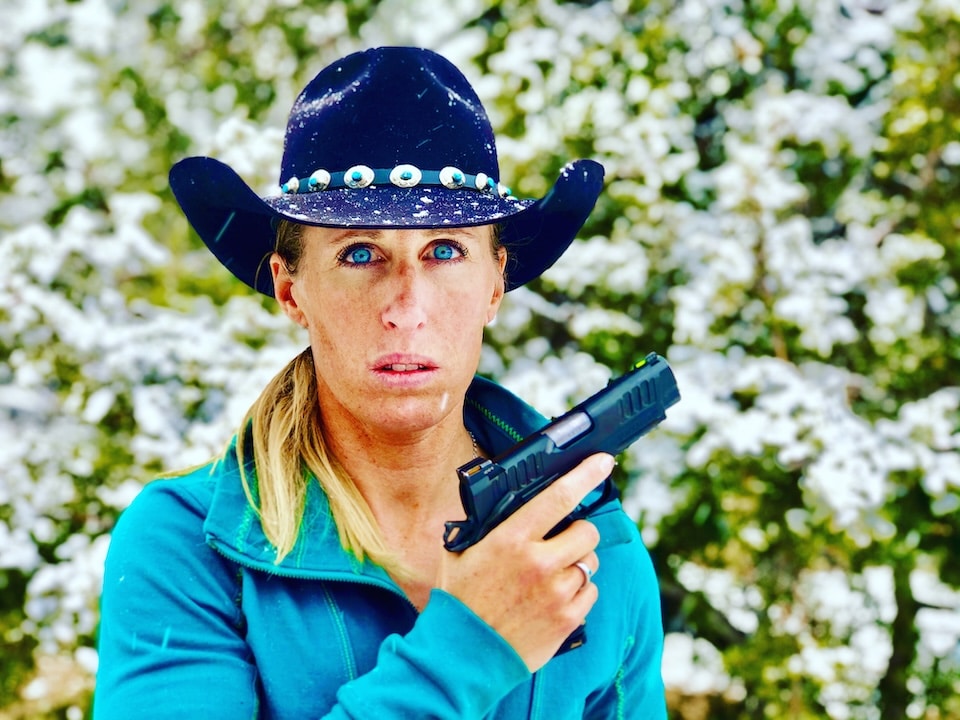
It was then that I realized the power of situational awareness. I didn’t need to draw my firearm; I just needed to recognize and avoid the danger. Carrying doesn’t mean looking for trouble; it means staying ready for it while doing everything you can to avoid it altogether.
Carrying concealed is a responsibility that goes far beyond getting your permit. It requires continuous training, self-awareness and the right equipment to ensure you’re prepared for any situation. By committing to regular practice, refining your gear choices and embracing the importance of situational awareness, you can build the confidence needed to carry safely and responsibly. Concealed carry is not just about protecting yourself, but also about doing what you can to avoid danger whenever possible. If you should ever have to use your firearm, then remaining calm and collected is key. Training and preparation will help with this.
Come join me at Staccato Ranch for some training classes and I’m happy to help you on your concealed carry journey. Remember, the true preparation lies in the commitment to becoming proficient and truly prepared for anything life throws your way.
Lanny Barnes is a three-time Olympian in Biathlon, as well as a National & World Champion in several shooting disciplines. She is currently teaching courses to military, law enforcement and competitive shooters on physiological and psychological aspects of shooting and is the director of Commercial Sales for HIVIZ Sights. Lanny and her twin sister spend much of their free time traveling around to schools, 4-H clubs, Boys & Girls Clubs, etc., talking to them about following their dreams, setting goals, and leading a healthy active lifestyle. Taking wounded vets and terminally ill kids on hunts through Freedom Hunters and OE4A is also one of Lanny's passions. View all posts by Lanny Barnes